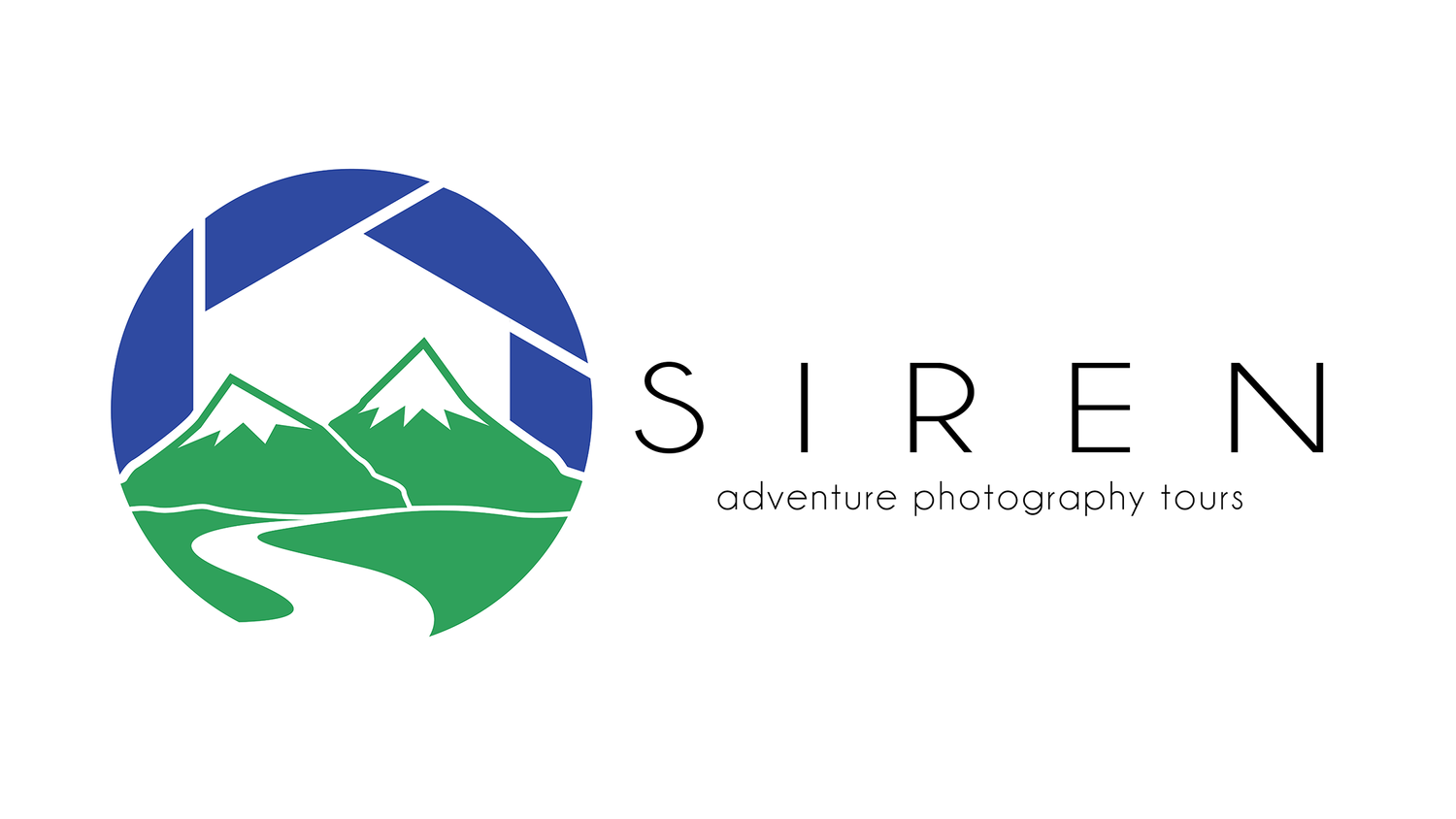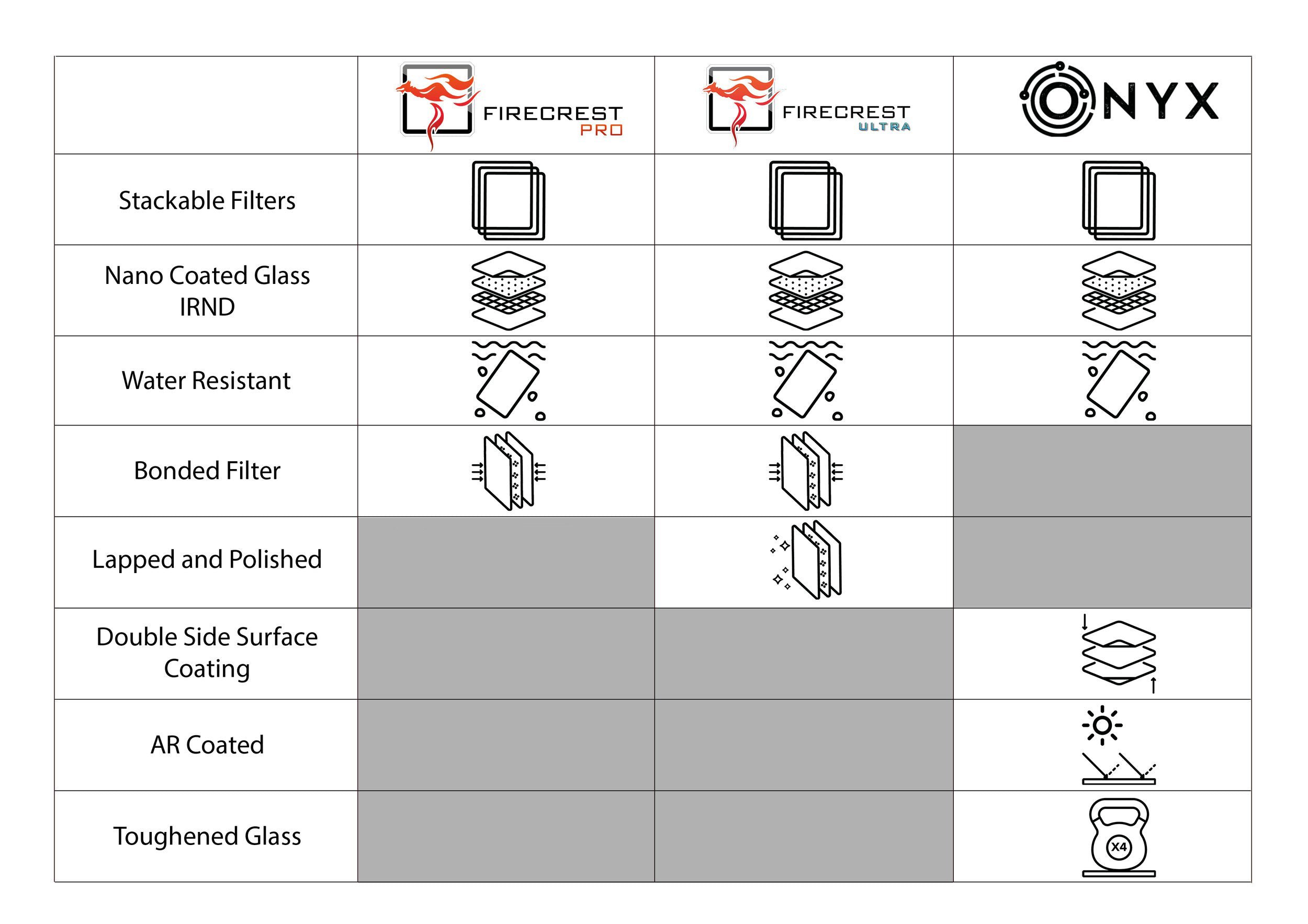Why we use filters
(Disclaimer: Both Matt and Darren are Formatt Hitech ambassadors and are supplied filters by Formatt Hitrech)
Working with industry leading filter manufacturer Formatt Hitech allows us to use their optical photography filters in some very harsh environments around the globe. For our most recent trip to Iceland we were in the fortunate position to be supplied with the latest Firecrest 100mm Magnetic Holder, a selection of Firecrest Ultra neutral density and graduated filters together with the Firecrest Nightscape filter. We also took a Firecrest 85mm Holder and the Onyx Patrick Di Fruscia Signature Kit to put through its paces.
So why do we use filters? Well, the simple answer is that we like to get things right in camera rather than spending time in an editing suite afterwards. This allows us to spend more time making photographs on location, plus they allows us to capture all the detail and information we need in a single exposure which again saves us time later on. There is no worse feeling that when you import your raw files into your editing software and realising that you have over exposed the highlights in that gorgeous dramatic sky and you have no way of recovering that lost data, whereas if you had used a Neutral Density Graduated Filter on the front of your lens you and control the brightness of the sky whilst still retaining the correct exposure for your foreground.
Photography is often looked upon as a form of time travel as it allows the viewer to take a journey back to a moment in time. But did you know that you can use filters to slow down time? By using a Neutral Density on ND filter you can restrict the amount of light entering the camera and trick it into thinking that day has turned into light. ND filters come in various strengths or stops as they are sometimes termed, with the number of stops relating to the amount of light stops that are blocked from entering the camera (1 stop being the weakest (lightest) and 15 stops being the strongest (darkest)). The stronger the filter the more you can slow down time! Take this image of Vestrahorn below. As the sun was rising and the scene was becoming brighter and brighter a faster shutter speed was needed for a correct exposure. But with the waves coming in on the beach a slower shutter speed was needed to create the smooth dreamy like effect, so a ND1.8 or 6 stop filter was used to slow the shutter speed enough to create this effect. Again this is a difficult effect to replicate using an editing suite, so getting it right in camera allows you to see how the photograph will look.
One of the primary reason that landscape, architecture and automotive photographers use filters is for the effect that can be produced when using a polariser. Have you ever found yourself driving down a road after a heavy rain shower and the sun breaks through the clouds and you get that very bright glare reflecting off the road surface? Pop a pair of polarising sunglasses on at that glare disappears. Using a polarising filter in photography has the same effect as the polariser blocks out light coming from certain angles, and as long as you are 90º to the sun you can take advantage of this and take glare off water, increase contrast and produce those deep rich blacks. Again, this is a very difficult effect to replicate using editing software. Thankfully both the Firecrest 100mm and 85mm filter holders come with a circular polariser (CPL) that can be adjusted using a geared thumbwheel on the side of the holder to strengthen or weaken the effect.
Glass verses resin filters…. Usually people dip their toes into the world of filters through the resin manufacturers (Lee or Cokin for example), and whilst resin filters often offer fantastic value for money they have their drawbacks when compared to glass. Whilst they may be more resistant to a drop than glass they scratch very easily, and once the coating is scratched they are effectively useless. Resin also has a difficult time being truly colour neutral when used with digital cameras. Cokin fliters tend produce a magenta colour cast whereas Lee Filters can produce a blue colour cast, which means more time spent in software correcting these. Glass filters don’t suffer from colour casts as much as resin, and Formatt Hitech Firecrest Ultra filters are world renowned for their colour neutrality. Reginald Morris, grandfather of the company founder, was chief physicist at Kodak for a number of years and helped develop the Kodak Wratten standard which remains the worldwide standard in technical colour correction, and stands as a benchmark in all Formatt Hitech filter production today.
Formatt Hitech are the only glass optical filter manufacturer that protects their coatings by bonding them between two pieces of glass. This glass sandwich is then lapped and polished before undergoing a very strict quality control process to ensure that each filter is optically perfect. This process is widely acknowledged by the cinema industry and Firecrest filters have been used on the latest Hollywood blockbusters including Rogue One and Solo, The Batman, Dune, Black Adam and Shazam 2.
All of our landscape photography tours are supported by Formatt Hitech filters and as such we are able to offer everyone who books a place on our tours the opportunity to sample these filters in the field. We are that confident that you will be impressed with the filters that we are able to offer you a 10% discount on any product when purchased through www.formatt-hitech.com and www.formatt-hitechusa.com when you use the code MWATKINS10 at check out.






